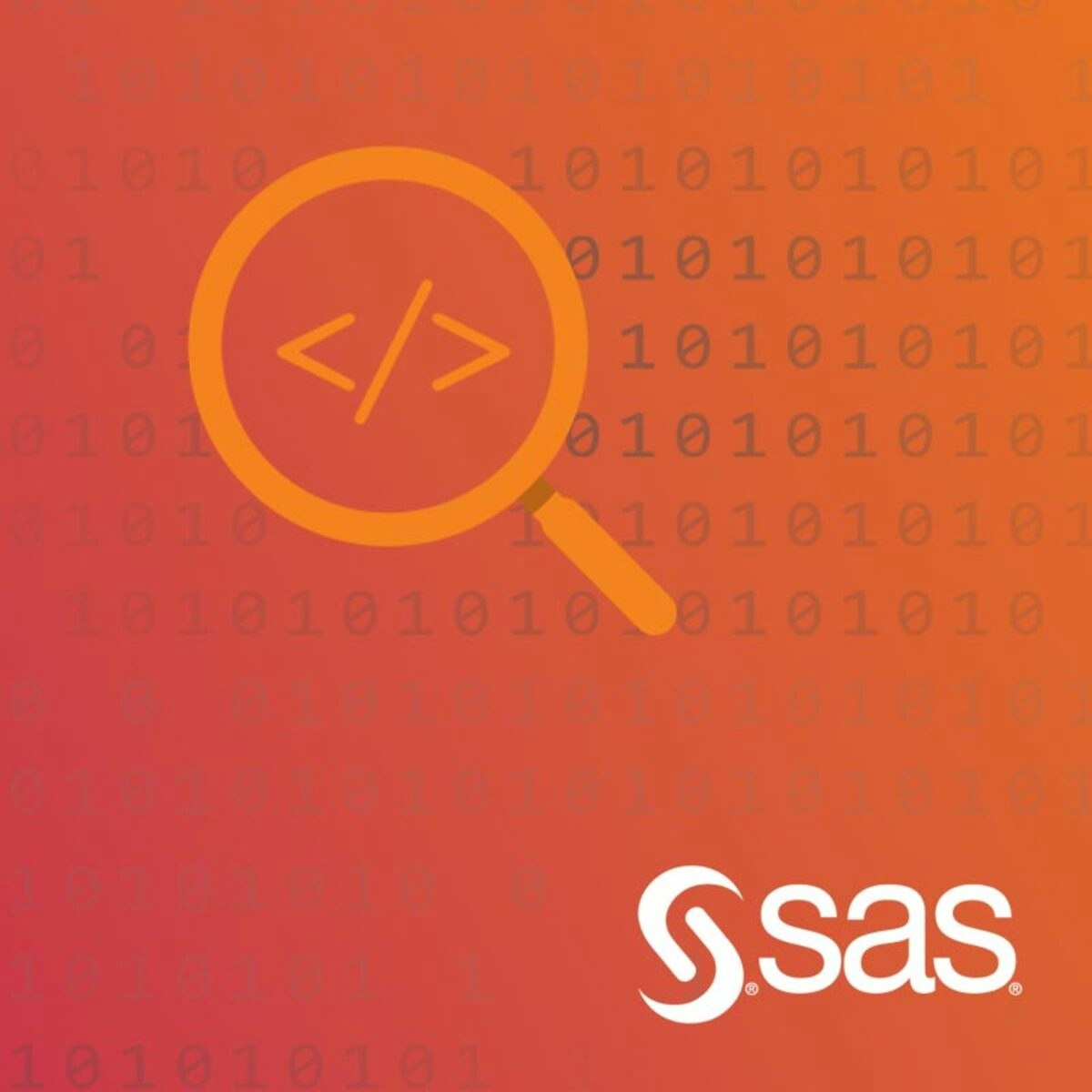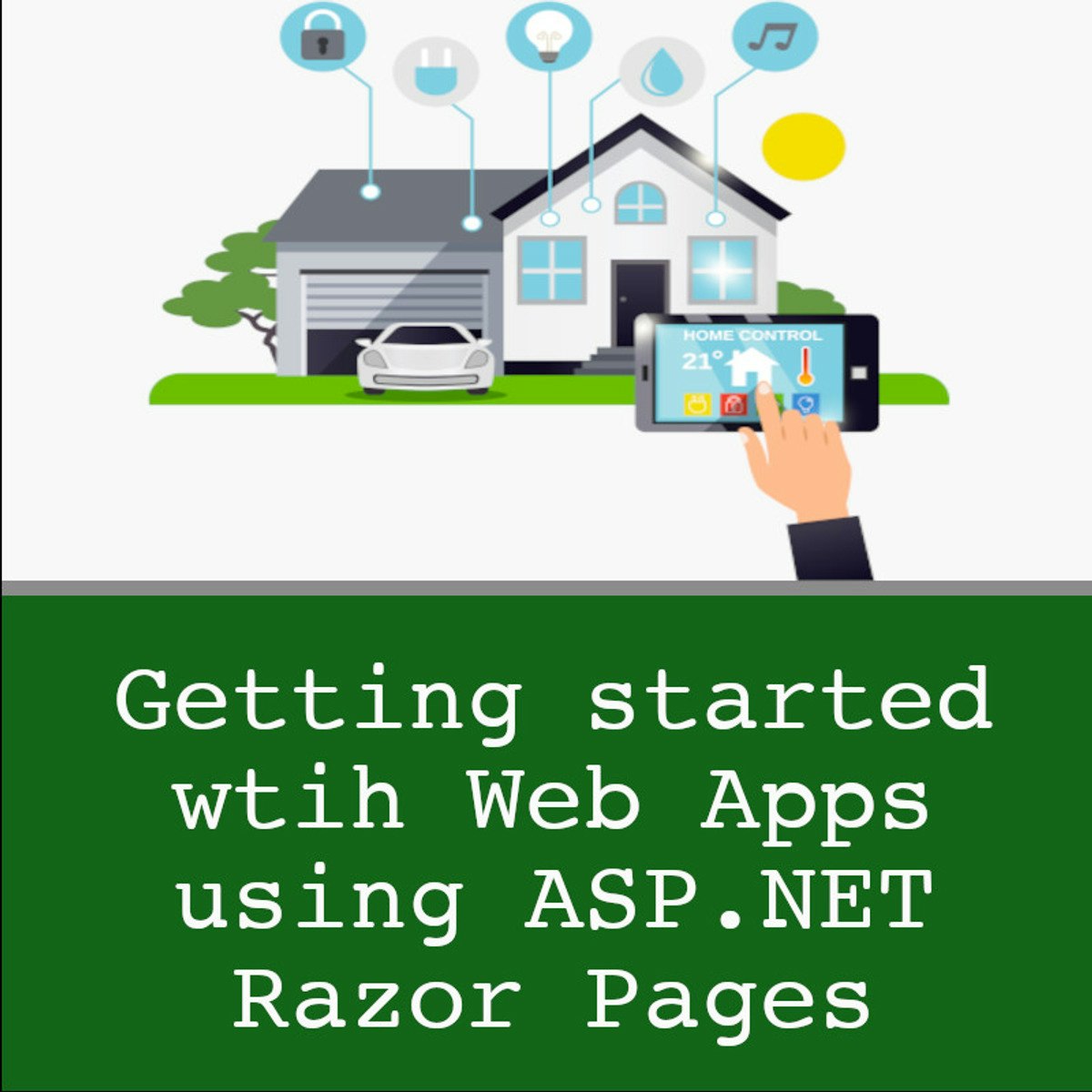Back to Courses









Computer Science Courses - Page 73
Showing results 721-730 of 2309

Mastering Programming with MATLAB
The course builds on the foundation laid by the first course of the Specialization called “Introduction to Programming with MATLAB.” It covers more advanced programming concepts such as recursion, vectorization, function handles, algorithm efficiency and others. At the same time, it presents many features that make MATLAB a powerful programming environment for engineering and scientific computing, such as its support for object oriented programming, the new user interface design environment and Live Scripts.
By the end of this course, you will be familiar with more advanced computer programming concepts, able to write more efficient code, and able to create object oriented MATLAB applications with graphical user interfaces.

Introduction to HTML
In this project, you will develop an HTML resource sheet and a very basic sample webpage. You will use a text editor called Notepad++ to write your code, and the Chrome browser to display the resulting webpage.
You will learn how to add content to your webpage using the basic content elements. While gaining experience with the Notepad++ editor, you will build an HTML resource webpage. You will use and include common HTML tags and elements and learn what each does to help present your document in a web browser. This course starts at the beginning with HTML; and it will prepare you for the next steps in your Web Development journey, and for future courses where you can expand your knowledge of HTML elements, and learn to apply cascading style sheets.
HTML is a gateway skill to more advanced competencies required for Web Development. There is a high demand for developers who understand front-end languages, like HTML, CSS, and JavaScript. Learning to manually code with HTML instead of turning to a WYSIWYG editor will allow you to better understand the ins and outs of web development. Coding always gives you more control over the final product—in this case a webpage.
Note: This course works best for learners who are based in the North America region. We’re currently working on providing the same experience in other regions.

Build a User Experience (UX) Map in Miro
By the end of this project, you will be able to build a user experience map to visualize the entire end-to-end user experience that the average user goes through to accomplish a goal so that your organization can gain a baseline understanding of experience before taking a product or service live.
To do this you will gain hands-on experience exercising empathy to accurately document the stages, actions, emotions, and thoughts of the user while assessing opportunities and overall qualities of the customer experience in the Miro online visual collaboration platform for teamwork.
Note: This course works best for learners who are based in the North America region. We’re currently working on providing the same experience in other regions.

Android Mobile Lifecycle and Software Development Approaches
Learn how to manage the lifecycle and data collections of mobile applications. Compare different methodologies for organizing and architecting Android applications and the implications on code quality and team velocity. You will follow the lifecycle activities of fragments from the source of generation and learn how to respond. You will do this by reviewing the Android lifecycle.
You’ll review and apply different types of Kotlin user interface (UI) interactivity from user input handling to gestures. You’ll get to practice different aspects of working with data in an Android application and you’ll build out a lifecycle and data.

Object-Oriented Programming Concepts
In Object-Oriented Concepts, we will introduce the core concepts behind modern, object-oriented, programming. We will discuss objects, classes, messaging, inheritance, polymorphism, and more. As with Fundamentals of Programming, we will illustrate the concepts using the Python language, but they will be portable to other object-oriented programming languages.
Advanced SAS Programming Techniques
In this course, you learn advanced techniques within the DATA step and procedures to manipulate data.
“By the end of this course, a learner will be able to…”
● Use additional functions (LAG, FINDC/FINDW, and COUNT/COUNTC/COUNTW).
● Perform pattern matching using PRX functions.
● Process repetitive code, rotate data, and perform table lookups using arrays.
● Perform table lookups and sort data using hash and hash iterator objects.
● Create numeric templates using the FORMAT procedure.
● Create custom functions using the FCMP procedure.

Design and Simulate Smart Home Networks in Packet Tracer
In this 1-hour long project-based course, you will learn how to design computer networks in logical and physical views, connect IoT devices to create smart home networks, and simulate computer networks operation in real-world environments.

Prepared Statements and Stored Procedures
This is the second course in Java Database Connectivity (JDBC) and builds upon the core principals and techniques in the JDBC 1 course. It utilizes PreparedStatements, highlighting their advantages over JDBC Statements. It will also introduce utilizing Stored Procedures on the database server itself to encapsulate complex SQL and PLSQL logic. The Course also introduces the idea of querying the database meta data such as table structures and how to cope with different SQL syntax for different Jdbc complaint databases via the JDBC escape syntax.

Transcoding HTTP/JSON API calls to gRPC through API Gateway
This is a self-paced lab that takes place in the Google Cloud console.
In this lab you learn how to set up an API Gateway to manage access to gRPC APIs by using HTTP/JSON transcoding. Transcoding involves mapping HTTP/JSON requests and their parameters to gRPC methods, parameters and return types. Once API transcoding is properly configured, you will secure access to the API by requiring an API Key to retrieve data.

Cybersecurity Roles, Processes & Operating System Security
This course gives you the background needed to understand basic Cybersecurity around people. process and technology. You will learn:
● Understand the key cybersecurity roles within an Organization.
● List key cybersecurity processes and an example of each process.
● Describe the architecture, file systems, and basic commands for multiple operating systems including Windows, Mac/OS, Linux and Mobile.
● Understand the concept of Virtualization as it relates to cybersecurity
Finally, you will begin to learn about organizations and resources to further research cybersecurity issues in the Modern era.
This course is intended for anyone who wants to gain a basic understanding of Cybersecurity or as the second course in a series of courses to acquire the skills to work in the Cybersecurity field as a Jr Cybersecurity Analyst.
The completion of this course also makes you eligible to earn the Cybersecurity Roles, Processes & Operating System Security IBM digital badge. More information about the badge can be found here: https://www.youracclaim.com/org/ibm/badge/cybersecurity-roles-processes-operating-system-security
